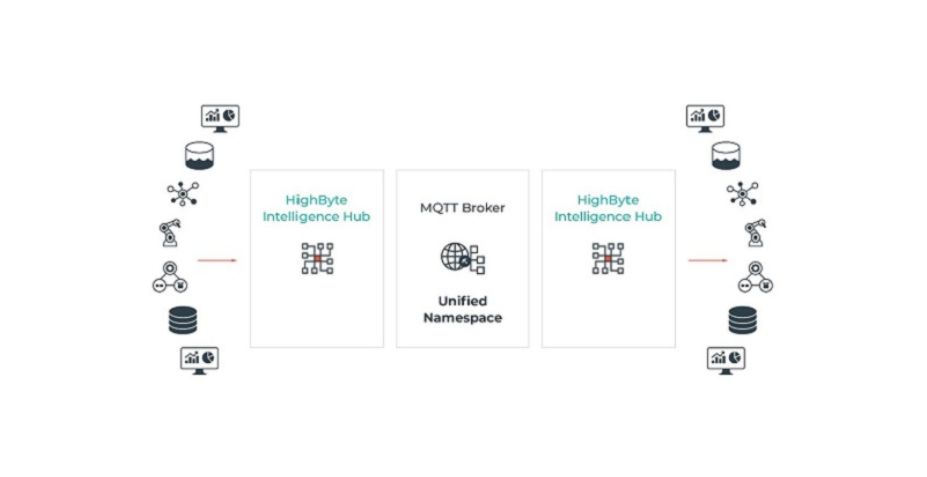This article was originally published on AutomationWorld.com on July 15, 2024.
For companies in regulated industries, such as life sciences, properly managed alarm notification systems are key to quality assurance.
Life science companies must adhere to the FDA’s Good Manufacturing Practices (GMP) in manufacturing and storage of the product within their manufacturing facility. For example, GMP compliance is required for a bioreactor process and for any product storage in a freezer room. GMP ensures that each step of the manufacturing process is conducted under controlled conditions, with appropriate documentation, data records and quality checks at each stage.
To ensure quality and GMP compliance, manufacturers rely on alarm notification systems. These systems provide proof of successful campaigns by ensuring there are no critical alarms related to critical quality data. That’s why an alarm notification system is an important tool for quality assurance.
Alarm notification systems are set up to inform an operator of any potential deviations from established parameters. Therefore, it is essential that alarm notification systems be validated and must:
- support multiple low and high threshold values,
- notify appropriate personnel when sensor readings exceed threshold values,
- have configurable delays before alarm generation and notification, and
- be able to communicate alarm states by text, email or phone.
Alarm systems framework and design
Alarm notification for GMP compliance works best when deployed with a risk-based approach that groups alarms depending on how they might affect the quality of the product. Deviations from alerts do not all have the same importance. The Good Automated Manufacturing Practice (GAMP) framework from the International Society for Pharmaceutical Engineering (ISPE) is an organized, risk-based approach to designing and implementing alarm notification systems that prioritizes important issues first. This approach recognizes that not every alarm is the same and they should be ranked according to how they might affect the quality of the final product.
This risk-based framework offers an organized method for creating and putting into place an alarm notification system that… Read the Full Article on AutomationWorld.com


 August 28, 2024
August 28, 2024 
 June 23, 2025
June 23, 2025 

